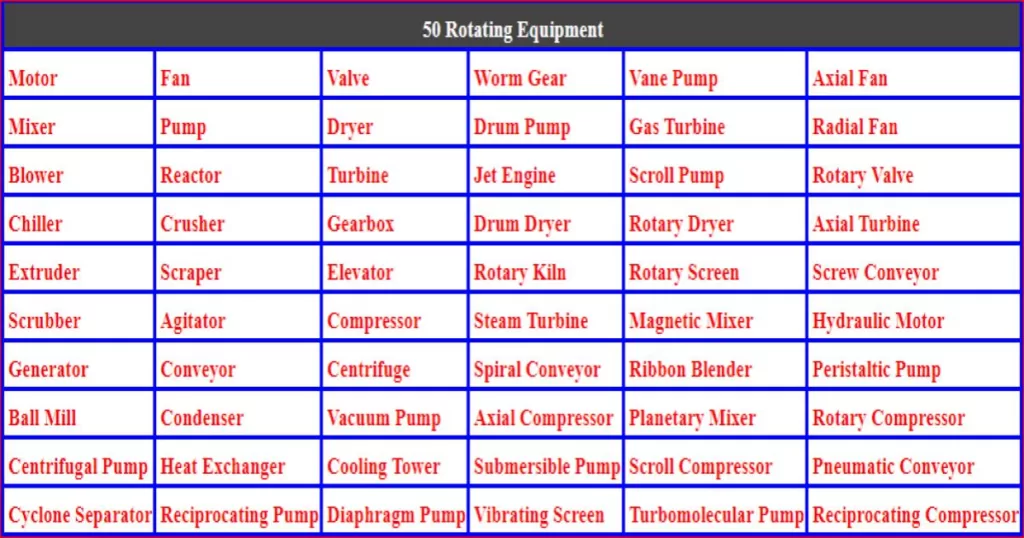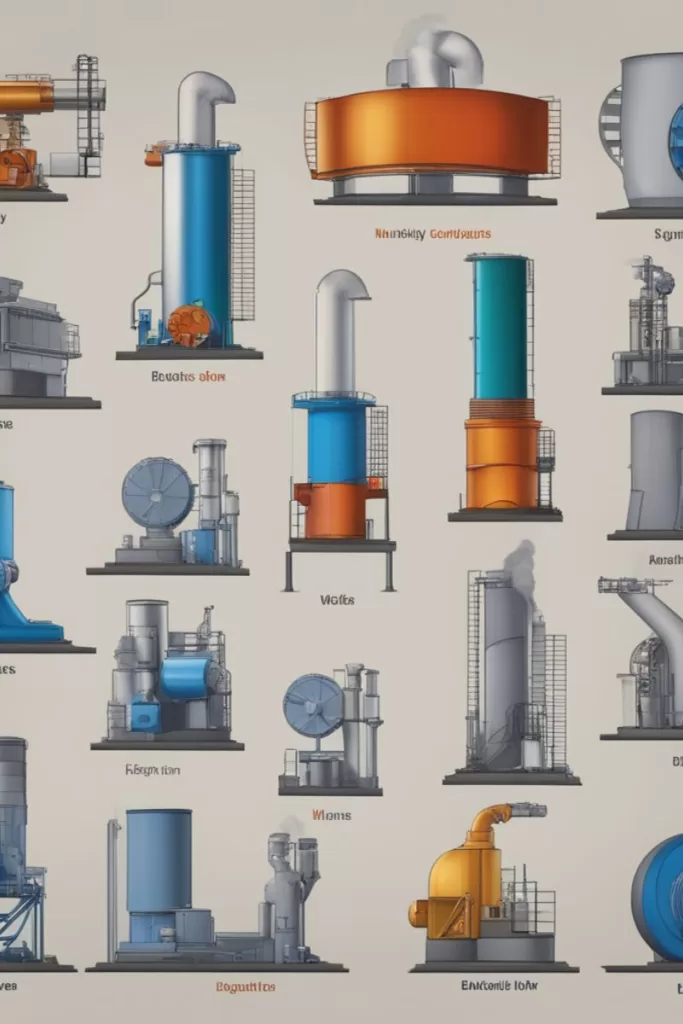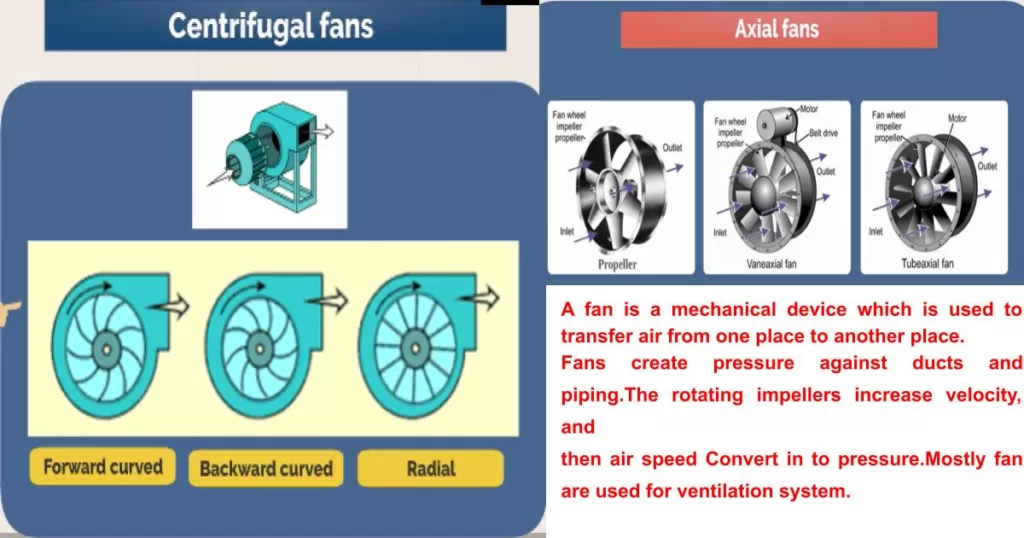Introduction: The Role of Steam Ejectors in Chemical Plants
In the dynamic landscape of the chemical, oil, and gas industries, efficiency and reliability are paramount. Among the various tools and equipment crucial to process optimization, steam ejectors hold a prominent place. These devices are indispensable for creating and maintaining vacuum conditions, which are often essential for distillation, evaporation, and drying processes in chemical plants.
But why is proper sizing and selection of steam ejectors so critical? Incorrect sizing can lead to inefficiencies, increased operational costs, and potential system failures. This blog delves into the intricacies of steam ejector design, providing actionable insights to help engineers make informed decisions that maximize performance and minimize downtime.

Understanding Steam Ejectors and Their Applications
What Are Steam Ejectors?
Steam ejectors are mechanical devices that use high-pressure steam as the driving force to create vacuum conditions. They work on the principle of converting pressure energy into velocity energy, effectively removing gases or vapors from a system.
Applications of Steam Ejectors in Chemical Plants
- Vacuum Distillation: Enhancing separation efficiency in crude oil refining and chemical processing.
- Evaporation: Essential in producing concentrated solutions, especially in the fertilizer and pharmaceutical industries.
- Drying Processes: Removing moisture from products or raw materials.
- Degassing: Eliminating dissolved gases from liquids to improve product quality.
Key Factors in Sizing Steam Ejectors
Proper sizing ensures the ejector performs optimally under varying operating conditions. Here are the primary considerations:
Operating Conditions
- Suction Pressure: The desired vacuum level is critical in determining the steam ejector size.
- Discharge Pressure: The atmospheric or backpressure against which the ejector must operate.
- Motive Steam Conditions: The pressure and temperature of the steam supplied to the ejector.
Gas Load
The amount and type of gases or vapors to be handled dictate the capacity and stage configuration of the ejector.
Process Requirements
- Compatibility with corrosive or high-temperature process streams.
- Need for single-stage or multi-stage ejectors based on vacuum depth.
Efficiency Considerations
Choosing an ejector with optimal steam consumption to minimize energy costs while maintaining performance.
Best Practices for Selecting the Right Steam Ejector
Analyze Process Requirements
- Understand the specific needs of the application, such as vacuum levels and gas composition.
- Opt for Multi-Stage Ejectors for Deep Vacuum
- For applications requiring high vacuum (e.g., below 50 Torr), multi-stage ejectors are more efficient.
Use a Performance Curve
Evaluate performance curves provided by manufacturers to match the ejector’s capacity with system demands.
Material Selection
- Choose corrosion-resistant materials like stainless steel or Hastelloy for aggressive environments.
- Ensure compatibility with high temperatures.
Partner with Reliable Manufacturers
Working with reputable suppliers ensures high-quality designs and post-installation support.
Challenges in Steam Ejector Sizing and Solutions
Over-Sizing or Under-Sizing
- Challenge: Over-sizing leads to excessive steam consumption, while under-sizing can cause process inefficiencies.
- Solution: Conduct detailed process simulations and collaborate with experienced engineers during design.
Corrosion and Material Degradation
- Challenge: Ejectors in corrosive environments are prone to material degradation, reducing lifespan.
- Solution: Use corrosion-resistant materials and schedule regular maintenance checks.
Steam Availability Issues
- Challenge: Insufficient steam pressure or flow can compromise ejector performance.
- Solution: Ensure motive steam systems are adequately designed to supply the required conditions.
Innovations and Trends in Steam Ejector Design
- Energy-Efficient Designs – New ejector designs focus on minimizing steam consumption, reducing operational costs while maintaining performance.
- Integration with Hybrid Systems – Combining ejectors with mechanical vacuum pumps for hybrid systems optimizes energy use and expands operational flexibility.
- Advanced Materials – The use of advanced alloys and coatings enhances durability and reduces maintenance requirements.
- Digital Monitoring and Predictive Maintenance – IoT-enabled steam ejectors provide real-time performance data, enabling predictive maintenance and reducing unexpected downtimes.
Case Study: Successful Implementation of Steam Ejectors in a Fertilizer Plant
Scenario: A fertilizer plant faced inefficiencies in its vacuum evaporation process due to under-sized ejectors.
Solution:
- Conducted a detailed process analysis.
- Installed multi-stage steam ejectors optimized for the required vacuum levels.
- Incorporated energy-efficient designs to reduce steam consumption by 20%.
- Outcome: Enhanced product quality and reduced operational costs by 15%.
Key Takeaways and Actionable Advice
- Understand Your Process Needs: Accurately define operating conditions and gas loads.
- Collaborate with Experts: Work with experienced vendors and engineers for customized solutions.
- Embrace Innovations: Consider energy-efficient and digitally integrated designs for long-term savings.
- Prioritize Maintenance: Regularly inspect and maintain ejectors to ensure consistent performance.
- Stay Updated: Keep an eye on industry trends and advancements to remain competitive.
What Are Steam Ejectors and How Do They Work?
The Science Behind Steam Ejectors
Steam ejectors operate on the principle of momentum transfer. High-pressure motive steam enters the ejector through a nozzle, converting its pressure energy into velocity energy. As this high-velocity steam mixes with the suction gas, the momentum transfer creates a vacuum at the suction port. The mixed stream is then compressed in a diffuser to match the discharge pressure.
Primary Components of a Steam Ejector
- Nozzle: Converts high-pressure steam into a high-velocity jet.
- Mixing Chamber: Facilitates interaction between motive steam and suction gas.
- Diffuser: Slows down the velocity of the mixed stream, increasing pressure.
Applications of Steam Ejectors in Chemical Plants
- Vacuum Distillation – Used in petroleum refining and chemical synthesis, vacuum distillation reduces boiling points, enabling the separation of heat-sensitive components.
- Crystallization Processes – By maintaining low pressures, steam ejectors help facilitate controlled crystallization in industries like pharmaceuticals and fertilizers.
- Evaporation Systems – Steam ejectors are integral to multi-effect evaporators, optimizing energy usage in the concentration of solutions.
- Dehydration and Drying – Whether drying polymers or removing residual moisture from catalysts, steam ejectors provide consistent vacuum levels to enhance drying efficiency.
- Gas Recovery and Degassing – Steam ejectors play a role in removing dissolved gases from liquids, ensuring product quality in sensitive chemical processes.
Factors Affecting Steam Ejector Performance
Proper sizing and selection are vital to ensure the efficiency of a steam ejector. Below are the key factors to consider:
- Suction Pressure and Gas Load – The suction pressure defines the level of vacuum required for the process, while the gas load encompasses the quantity and type of gases or vapors to be handled.
- Motive Steam Properties – Pressure: Higher steam pressure can improve vacuum levels but increases energy consumption.
- Temperature: Superheated steam often performs better than saturated steam by reducing condensation risks.
- Discharge Pressure – The ejector must be designed to overcome the system’s backpressure, which varies based on downstream equipment.
- Process-Specific Requirements – Some processes demand multi-stage ejectors or additional equipment like condensers to achieve desired vacuum levels.
Types of Steam Ejectors
- Single-Stage Ejectors – Ideal for moderate vacuum requirements (e.g., above 100 Torr), these ejectors are simple and cost-effective.
- Multi-Stage Ejectors – For deep vacuum applications (e.g., below 50 Torr), multi-stage systems comprising two or more ejectors in series are employed.
- Hybrid Systems – Combining steam ejectors with mechanical vacuum pumps, hybrid systems offer energy efficiency and improved operational flexibility.
Steps for Sizing Steam Ejectors
- Step 1: Define Operating Parameters – Identify the required suction pressure, gas load, and discharge pressure.
- Step 2: Calculate Mass Flow Rates -Use process simulation tools to estimate the total mass flow of gases and vapors, including any non-condensable components.
- Step 3: Choose the Appropriate Configuration – Based on vacuum depth and efficiency needs, decide between single-stage, multi-stage, or hybrid configurations.
- Step 4: Factor in Safety Margins – Include safety margins to account for fluctuations in operating conditions.
- Step 5: Consult Manufacturer Data – Match process requirements with performance curves provided by manufacturers for accurate sizing.
Challenges in Steam Ejector Sizing and Operation
Over-Sizing and Under-Sizing
- Issue: Over-sizing wastes steam and increases costs, while under-sizing results in inadequate vacuum levels.
- Solution: Use detailed process simulations and accurate data during design.
Steam Quality Issues
- Issue: Poor-quality steam (e.g., wet steam) can lead to corrosion and reduced performance.
- Solution: Ensure proper steam conditioning with desuperheaters or separators.
Material Compatibility
- Issue: Exposure to corrosive gases or high temperatures can degrade materials.
- Solution: Opt for materials like stainless steel, titanium, or Hastelloy, based on the process environment.
Maintenance Challenges
- Issue: Fouling, erosion, and scaling can reduce performance.
- Solution: Schedule regular inspections and cleaning.
Innovations in Steam Ejector Design
- Energy-Efficient Designs -New designs focus on reducing steam consumption while maintaining or enhancing performance.
- Enhanced Materials and Coatings – Advancements in materials, such as ceramic-lined components, offer improved resistance to wear and corrosion.
- IoT-Enabled Monitoring – Digital solutions provide real-time monitoring of vacuum performance, enabling predictive maintenance.
- Hybrid Systems Integration – Combining ejectors with pumps offers significant energy savings and operational flexibility.
Case Studies: Real-World Implementations
Case Study 1: Upgrading Ejectors in a Petrochemical Plant
Problem: Inefficient single-stage ejectors failed to maintain required vacuum levels, impacting production.
Solution: Installed a three-stage ejector system with inter-stage condensers.
Outcome: Improved vacuum stability by 30% and reduced steam consumption by 20%.
Case Study 2: Implementing Hybrid Systems in a Refinery
Problem: High energy costs associated with conventional ejectors.
Solution: Integrated hybrid systems combining ejectors and mechanical pumps.
Outcome: Achieved 25% energy savings while maintaining operational reliability.
Best Practices for Steam Ejector Selection
- Understand Process Needs: Tailor the design to specific operating conditions and gas compositions.
- Engage with Experts: Collaborate with experienced manufacturers and engineers.
- Prioritize Energy Efficiency: Focus on designs that minimize steam usage.
- Plan for Maintenance: Incorporate features like easy disassembly for cleaning and repair.
Key Takeaways and Actionable Advice
- Accurate Data is Essential: Precise process parameters ensure proper sizing and selection.
- Adopt Advanced Technologies: Embrace innovations like IoT monitoring and hybrid systems for long-term benefits.
- Focus on Material Durability: Choose materials that withstand the process environment.
- Invest in Maintenance: Regular upkeep prevents performance deterioration.
Conclusion: Optimizing Steam Ejector Performance
Steam ejectors are indispensable in the chemical, oil, and gas industries. Their proper sizing and selection ensure reliable operation, cost efficiency, and process stability. By understanding the principles, challenges, and latest innovations in steam ejector technology, engineers can optimize their systems and drive success.
For more in-depth resources and expert consultations on steam ejectors, visit our dedicated knowledge hub or contact our technical support team.


